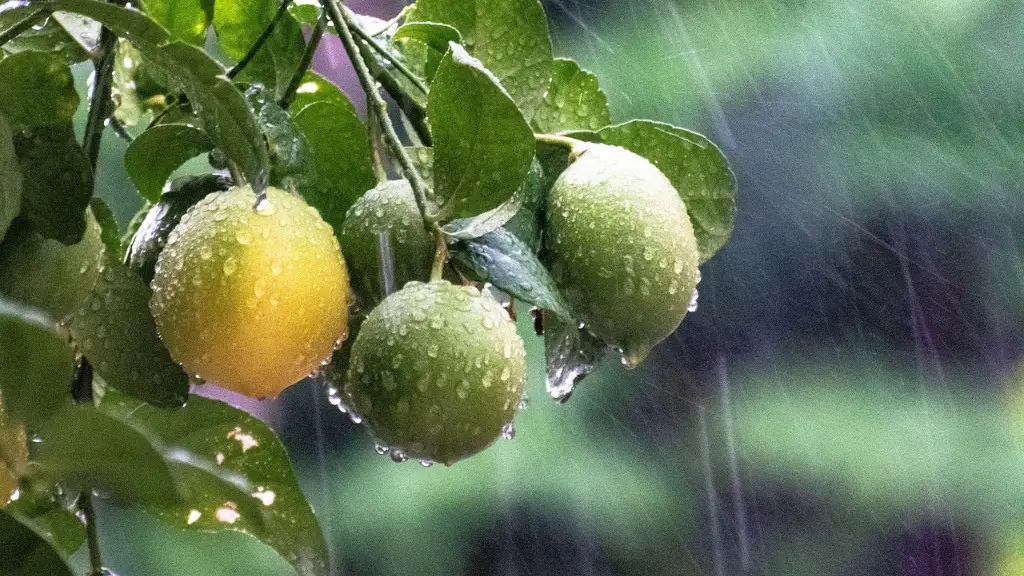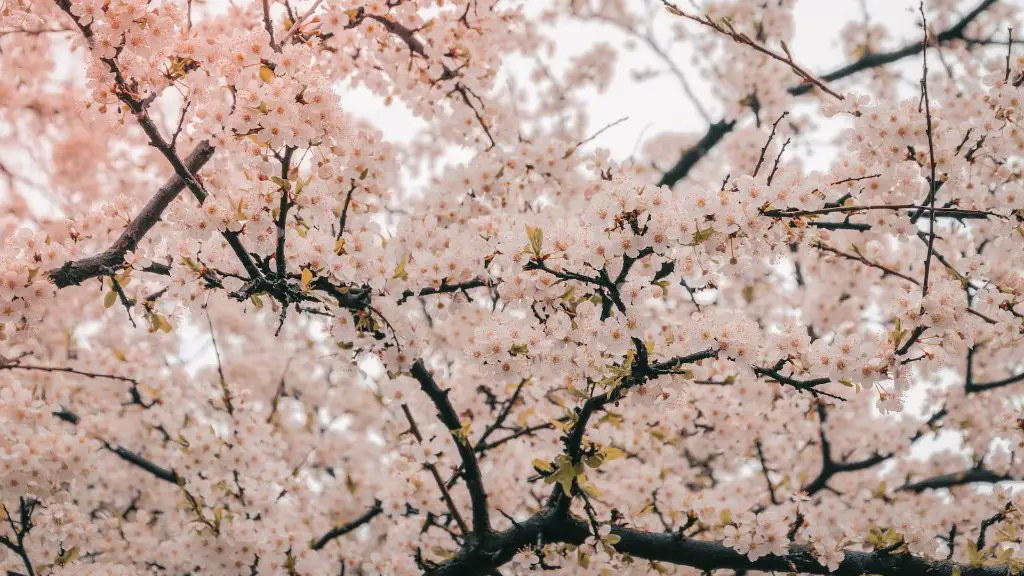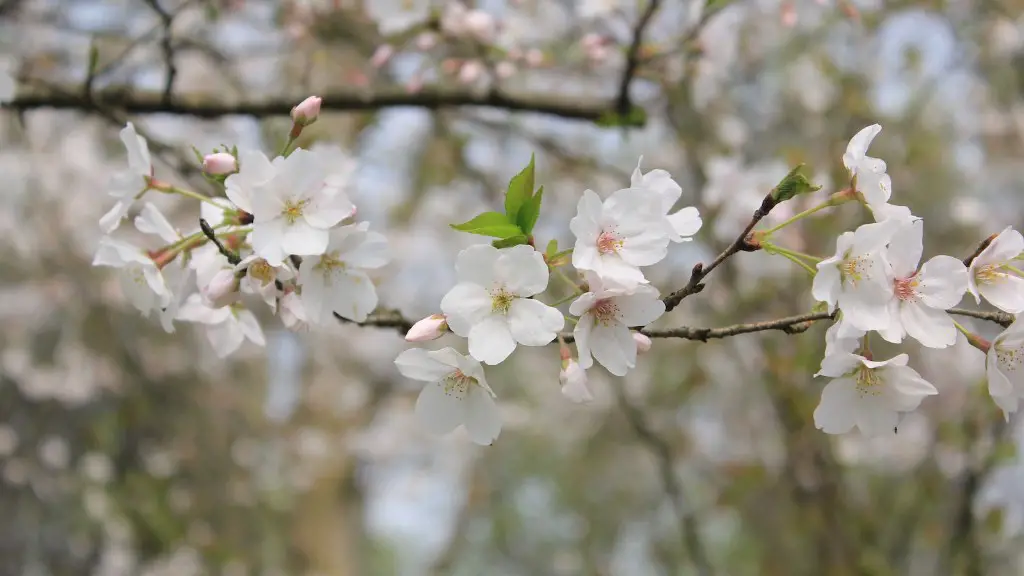Whitefly is one of the most difficult pests to get rid of, especially on lemon trees. The key to successful whitefly control is to prevent the flies from taking hold, but when whitefly does become established, swift action is necessary. In this blog post, we’ll look at how to quickly and efficiently get rid of whitefly on a lemon tree.
Identify and Isolate the Problem
In order to get rid of whitefly on a lemon tree, it is important to first identify where the problem is located. Whitefly infestations can occur on any part of the tree, from the leaves and stems to the branches and trunk. Isolate the affected area and treat it separately from the rest of the tree in order to prevent further spread.
Apply Insecticidal Soap
One of the best methods to get rid of whitefly on a lemon tree is to use an insecticidal soap. Insecticidal soaps are made with natural ingredients, such as potassium salts or neem oil. Spray the affected area regularly with insecticidal soap in order to kill any whiteflies present. Make sure to cover the underside of the leaves as well, as this is where the whitefly eggs are laid. It is important to keep reapplying the insecticidal soap until the whitefly infestation is under control.
Prune the Tree
Prune away any affected areas of the tree as soon as possible. This will remove any whitefly eggs and larvae, as well as any affected leaves or branches. Pruning should be done carefully in order to avoid further damage to the tree.
Introduce Natural Predators
Introducing natural predators, such as ladybugs and lacewings, into the area can be helpful in controlling whitefly infestations. These predators can help to reduce the population of whitefly and keep the infestation from getting out of hand.
Check for Disease
Whitefly infestations can be the result of a fungal or viral infection on the lemon tree. Check for signs of disease, such as discoloration or withered leaves, and take measures to treat the infected areas as quickly as possible.
Use Yellow Traps
Yellow sticky traps are a simple and effective way to control whitefly infestations. The bright yellow color attracts the whitefly, which become stuck to the adhesive. Place the traps throughout the tree and replace them regularly to ensure they stay effective.
Use Chemical Insecticides
If other methods of whitefly control are unsuccessful, the use of chemical insecticides may be necessary. Chemical insecticides are highly effective and can quickly get rid of whitefly infestations. Make sure to follow the instructions on the label carefully, and avoid using chemical insecticides if there are other options available.
Remove Affected Areas of the Tree
When all other methods of whitefly control have failed, it may be necessary to remove any affected areas of the tree. This should be done as a last resort in order to avoid further damage to the tree. Be sure to dispose of the affected leaves, branches, and stems carefully.
Create a Barrier of Insecticides
Creating a barrier of insecticides around the base of the lemon tree can help prevent whitefly from coming onto the tree in the first place. This is best done by mixing insecticidal soap with a liquid fertilizer, then applying it around the tree’s trunk.
Monitor Regularly
Once the whitefly infestation has been taken care of, it’s important to monitor the lemon tree regularly for signs of new infestations. If any whiteflies are spotted, swift action should be taken to get them under control.
Practice Good Gardening Habits
Finally, good gardening habits are essential for preventing whitefly from taking hold in the first place. Regularly inspect plants for signs of whitefly and take steps to control any infestations before they become out of hand. Keep the garden healthy and use organic methods of pest control whenever possible.



